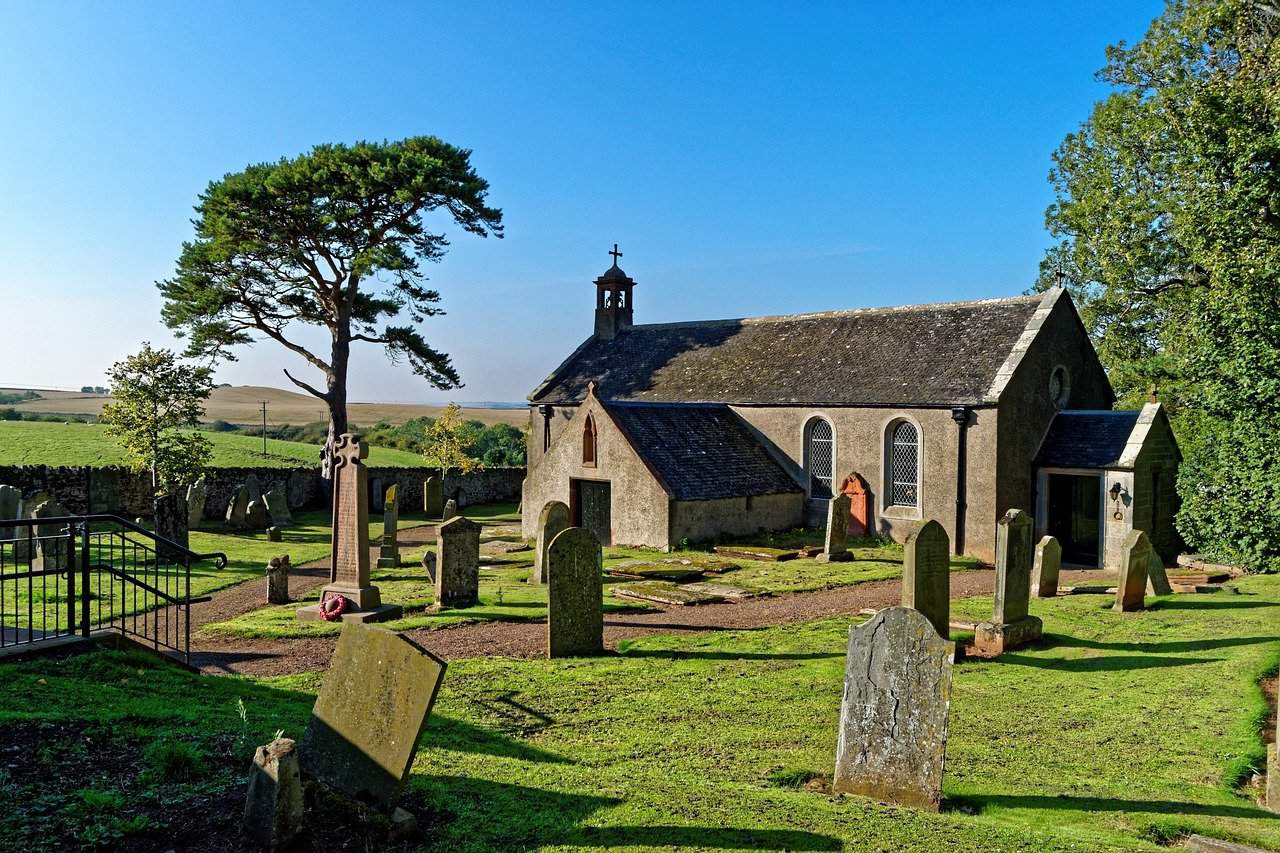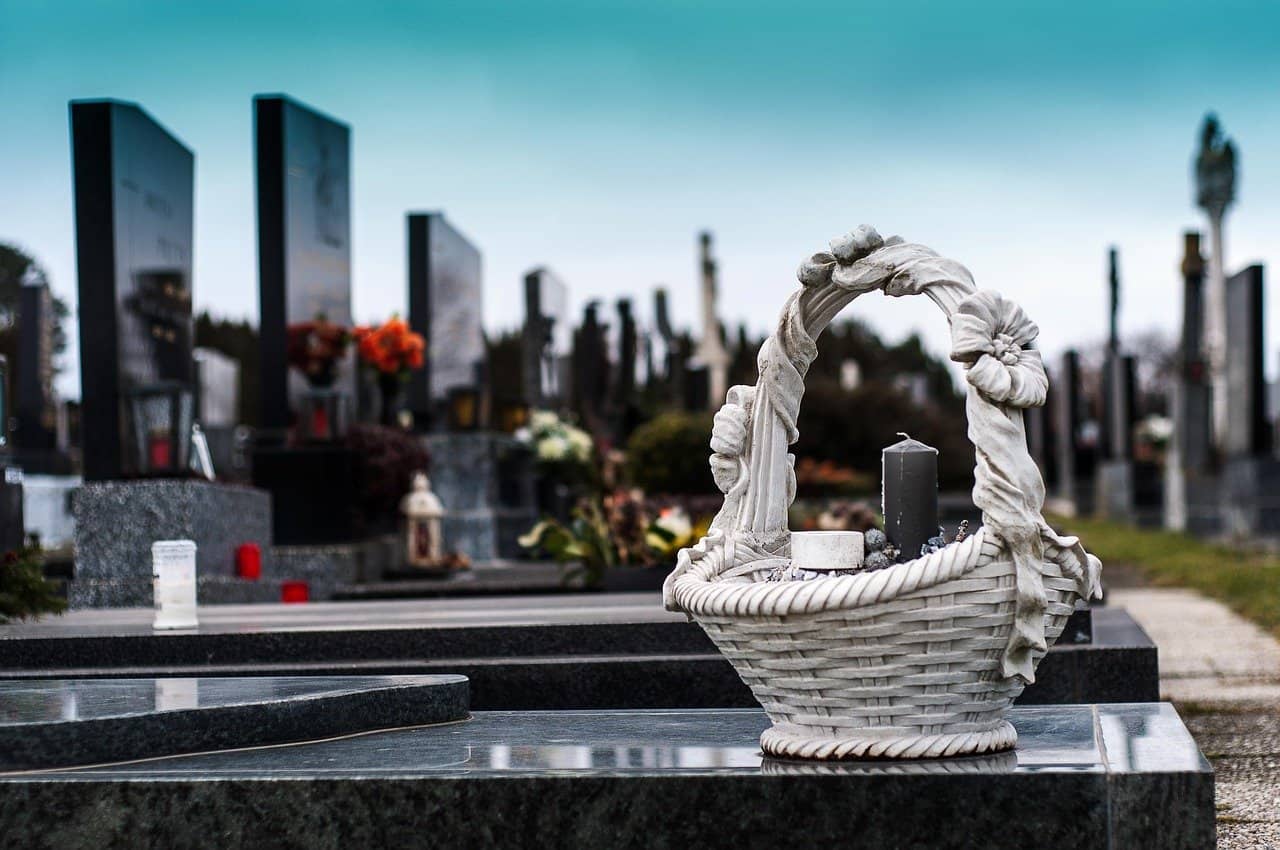What is a Traditional Grave?
Here at Newrest Funerals, we are often asked about modern burials in the UK. In particular, we get asked about what a traditional grave is. You may have heard the term mentioned as it is one that local authorities – both district councils and metropolitan boroughs – tend to use to mean a certain class of grave. Of course, many people’s idea of a traditional grave means one that is in a churchyard since these are the sorts of graves that are seen up and down the country.
For much of the mainland, this means a Church of England graveyard but it is important to note that the term traditional grave is interpreted differently by different churches and, even within the Church of England, different dioceses have their own interpretations of what a grave can be. In short, diocesan churchyard regulations apply and there is no single definition of a traditional grave – even though many people have a clear idea of one – when it comes to church burials. We can offer you tailored advice if you would like a churchyard burial with a traditional grave whether the deceased was an Anglican, a Catholic or had any other religious views, for that matter.

For now, however, it will be more practical to explain what a traditional grave is from the point of view of a local council. Since it is the local authority that owns and maintains cemeteries in the UK, not religious communities, the majority of traditional graves are dug by them. Again, there can be slight variations in the rules depending on which council area the deceased happens to be buried in. Nevertheless, most councils will have a definition of a traditional grave that means one – or two, in the case of deeper graves – coffins can be placed in the same plot.
Typically, traditional graves are chosen by people who want a grave plot that will allow them to have a more elaborate memorial. With a traditional grave, it is possible to cover the grave over with a full-length headstone laid flat on the ground. Edging, which is sometimes also referred to as kerbing, will also be possible with a traditional grave. As opposed to lawned graves which eventually get covered by grass, traditional graves mean that people won’t walk over the plot.
In some cases, this can give bereaved family members some solace in knowing that their loved one will be able to rest in peace. Furthermore, a full-length headstone also offers more opportunity for wording to be added to the grave compared to an upright headstone which simply has less space. Please note that lawn graves are less expensive and more widely available in council-run cemeteries. Indeed, you might not be able to bury your loved one in your preferred cemetery at all if you want a traditional grave for them.
Again, we are on hand to guide you with the best way forward depending on your preferred grave type and location, a service we offer throughout the entire UK.


